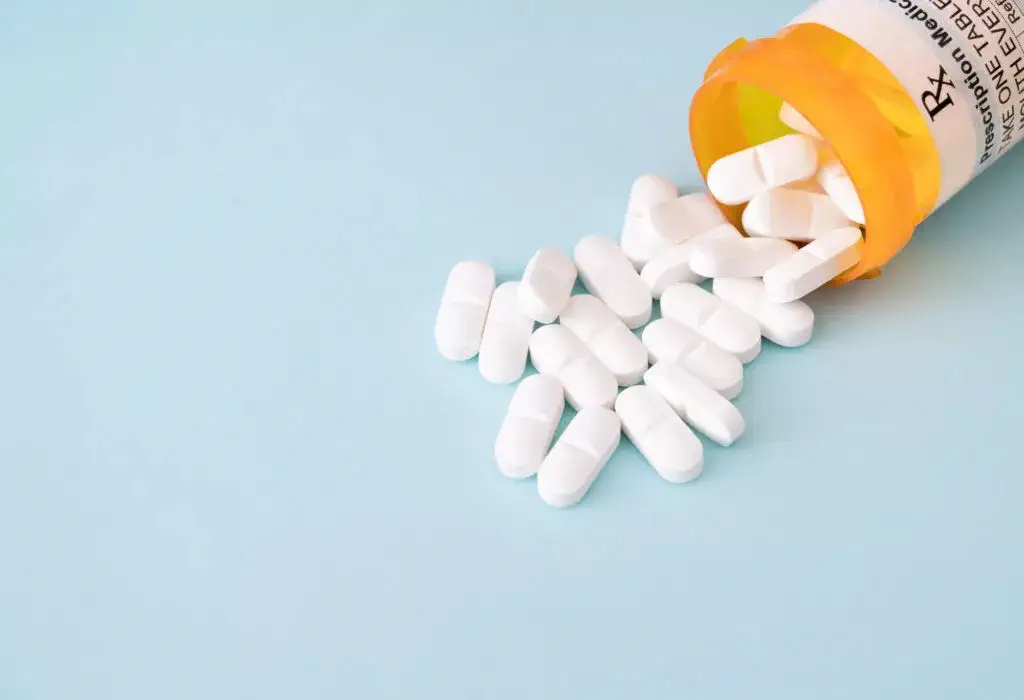Opioid analgesics, including codeine, hydrocodone, and morphine have been the drug of choice in managing pain for patients in need of medicine for decades. Opioid analgesics are used for both acute and chronic pain management, with the former being the front line of pain management for chronic pain sufferers (1). These drugs are now classified as Schedule II drugs, which means they have the potential for addiction and abuse. This is based on the evidence that these drugs may cause the respiratory system to relax, thus becoming more open to bacteria from the environment.

The opioids can only be used for short-term or long-term relief of acute pain. If you suffer from a debilitating, ongoing condition that requires long-term treatment, it is not possible for a doctor to prescribe sufficient amounts of a powerful pain killer over a long period of time to treat your pain effectively. This is where a doctor will prescribe an opioid like Oxycodone or Codeine to take care of your pain (2). There are many side effects associated with this drug, some of them quite serious.
History
You may have seen the name Opioid Analgesic listed several times on medical forms you have filled out at your doctor’s office. This name came about after the original opiate analgesics were created, and these preparations were actually quite effective in treating severe and chronic pain conditions. Unfortunately, their addictive qualities make them highly undesirable for regular use. It is important to realize that if you are prescribed these preparations, you will be taking these drugs for the rest of your life unless you consult with your doctor to stop taking them.
The administration of Opioids
The average adult taking opiates for chronic pain will require at least one dose of these medications on a daily basis. The strength of the opiate is determined by the amount of opium that is present in an opium poppy’s seeds. Another critical circumstance of the usage of Opioids was experienced by opium farmers. Opium farmers used to inject their workers with a large dose of heroin and then added a morphine derivative, which is called dilaudid, to slow down the effects of the opiate. Dilaudid was later phased out and eventually replaced by the less harsh opioids like Oxycodone and OxyContin.
Because of their nature as opioid agonists, these substances are highly addictive, and once addicted, it is very difficult to stop using them. These pills also interact with your body chemistry in a very unnatural manner. This means that when you stop taking them, you can become very sick or even die. This is the main reason why people who abuse these kinds of drugs are considered to be severely addicted (3)(3a).

Opioid analgesics help relieve pain by blocking pain signals from going up the spinal cord to the brain. They do this by blocking the receptors that are found at the entrance of the nervous system. To block all these receptors, an ever-increasing dose of the drug needs to be injected to produce results. In fact, it is usually not recommended to take a dose below what would be advised for relief purposes because doing so can result in overdose and death (4). If you do decide to take a lower dose of the drug, anesthesiologists often recommend a regular maintenance dose (5).
There are three different categories of opioids that make up this group – codeine, morphine, and hydrocodone. Codeine is often taken to relieve coughs and colds; morphine is used to induce sleep and relieve pain; and hydrocodone is used to control pain and relieve symptoms of diarrhea, irritability, and nausea. Opioid analgesics have been shown to cause side effects like euphoria, drowsiness, anxiety, memory problems, and sexual dysfunctions in rare patients.
Dilaudid, a type of orally ingested opioid is usually given after a meal or at the first sign of pain in order to dull the effects of intestinal gastric emptying. This method is usually only effective when the dose is low enough to prevent causing vomiting or severe side effects like respiratory depression. Dilaudid users need to take a regular dose of the drug to keep withdrawal symptoms at bay.


Recent Comments